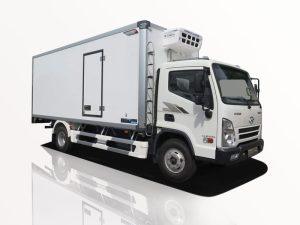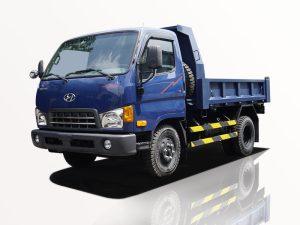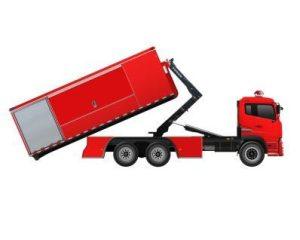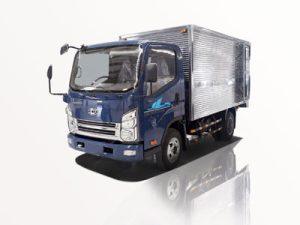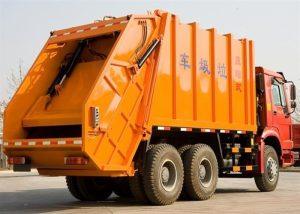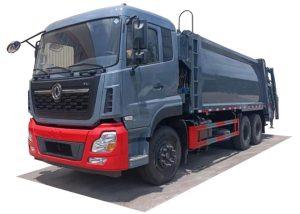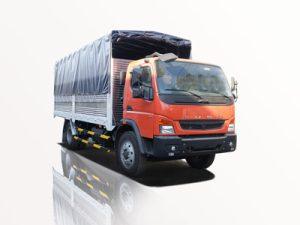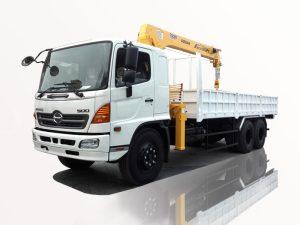Monday to Saturday - 8:00 -17:30
Ultimate Guide to 4×4 Army Vehicles: Features, Benefits, and Popular Models
Introduction
4×4 army vehicles play a critical role in military operations worldwide. Known for their ruggedness, maneuverability, and off-road capabilities, these vehicles are designed to handle challenging terrains and harsh conditions. From transporting troops to carrying heavy equipment, 4×4 army vehicles are versatile and indispensable. In this comprehensive guide, we will explore the features, benefits, types, and popular models of 4×4 army vehicles, along with practical examples and tips. Whether you’re a military enthusiast, an off-road adventurer, or someone intrigued by military technology, this article aims to provide thorough insights into the world of 4×4 army vehicles.
Understanding 4×4 Drive Systems
What Does 4×4 Mean?
The term “4×4” refers to a vehicle’s drivetrain configuration that enables all four wheels to receive power from the engine simultaneously. This feature enhances traction, making it easier to navigate difficult terrains such as mud, sand, and rocky surfaces.
Types of 4×4 Systems
- Full-Time Four-Wheel Drive: Power is automatically distributed to all wheels at all times.
- Part-Time Four-Wheel Drive: The driver can switch between two-wheel and four-wheel drive, conserving fuel when four-wheel drive isn’t necessary.
- Automatic Four-Wheel Drive: The system automatically engages four-wheel drive when it detects a loss of traction.
Key Features of 4×4 Army Vehicles
Rugged Construction
4×4 army vehicles are designed to withstand rough handling. They are built with reinforced frames and heavy-duty materials to endure impacts and extreme conditions.
Off-Road Capabilities
These vehicles boast excellent off-road capabilities, thanks to high ground clearance, robust suspensions, and specialized tires designed for traction on uneven surfaces.
Payload Capacity
Most 4×4 army vehicles can carry significant payloads, allowing them to transport troops, equipment, and supplies efficiently.
Mobility and Maneuverability
4×4 configurations provide superior maneuverability in tight spaces and difficult terrains, an essential feature for military operations.
Communication and Technology
Modern 4×4 army vehicles are equipped with advanced communication systems, navigation tools, and sometimes even autonomous driving capabilities to enhance mission effectiveness.
The Benefits of 4×4 Army Vehicles
Versatility in Applications
4×4 army vehicles can be adapted for various roles, such as troop transport, reconnaissance, medical evacuation, and logistical support. This versatility makes them essential assets in military operations.
Improved Traction and Stability
| Type of Terrain | Traction Type | Vehicle Example |
|---|---|---|
| Mud | High | HMMWV (Humvee) |
| Sand | Medium | Land Rover Defender |
| Rocky | High | Mercedes-Benz G-Wagon |
Enhanced Safety Features
With robust construction, advanced braking systems, and high seating positions, 4×4 army vehicles offer a greater level of safety compared to conventional vehicles, making them a reliable choice in combat situations.
Strategic Mobility
The ability to move troops and supplies quickly and efficiently can make a significant difference in combat readiness and overall mission success.
Popular 4×4 Army Vehicles
Humvee (HMMWV)
The High Mobility Multipurpose Wheeled Vehicle (HMMWV) is one of the most recognized 4×4 army vehicles. Known for its versatility, it can be used as transport, ambulance, or weapons platform. Its modular design allows for various configurations.
Land Rover Defender
The Land Rover Defender is a notable 4×4 vehicle used by several military forces. It is renowned for its off-road capabilities and robust construction, making it ideal for challenging terrains.
Mercedes-Benz G-Class
The G-Class, often used in special operations, combines luxury with utility. It offers a high level of performance on off-road terrains and is equipped with advanced technology for modern warfare.
MTVR (Medium Tactical Vehicle Replacement)
The MTVR is designed for off-road operations, capable of carrying heavy loads while providing excellent protection and comfort to troops. Its design accommodates various roles, including cargo transport and personnel movement.
JLTV (Joint Light Tactical Vehicle)
The JLTV is the next-generation tactical vehicle designed to replace the Humvee. It offers improved protection, flexibility, and transport capabilities, serving essential roles in military missions.
Maintenance and Care for 4×4 Army Vehicles
Regular Inspections
Regularly inspect your vehicle’s systems, including brakes, suspension, and tires, to ensure everything is functioning correctly and safely.
Proper Cleaning
Cleaning your vehicle after off-road use helps prevent rust and damage from mud or saltwater. Use high-pressure water to remove dirt from hard-to-reach areas.
Preventative Maintenance Scheduling
Adhere to the manufacturer’s maintenance schedule for fluid changes and system checks. This practice helps prolong the vehicle’s lifespan and ensures reliable performance.
Practical Tips for Using 4×4 Army Vehicles Off-Road
Understand Your Terrain
Before heading off-road, familiarize yourself with the terrain type. Different terrains require different driving techniques and strategies.
Use Appropriate Tire Pressure
Lowering your tire pressure can enhance traction on sand and mud; however, be sure to reinflate tires when returning to paved roads.
Maintain Momentum
On slippery or soft ground, maintaining forward momentum can prevent getting stuck. Avoid sudden stops or aggressive maneuvers that may impact traction.
Practice Safety First
Always wear seat belts and ensure all passengers are secured. Carrying necessary recovery gear, such as winches and shovels, can be invaluable if you get stuck.
Challenges Faced by 4×4 Army Vehicles
Fuel Consumption
4×4 vehicles, especially those designed for military use, can have lower fuel efficiency, which can be a concern in extended operations.
Maintenance Costs
Keeping these vehicles in top condition often requires significant resources, including specialized parts and skilled technicians.
Weight and Size Limitations
While larger vehicles offer capacity, they can also present challenges in mobility and require more space for operations.
Future Trends in 4×4 Army Vehicles
Incorporating Electric Vehicles
Electric 4×4 vehicles are gaining attention for their reduced environmental impact and lower operational costs. Military research is underway to develop electric options that meet tactical performance needs.
Advancements in Autonomous Technology
Autonomous and semi-autonomous 4×4 vehicles are being explored for logistics and reconnaissance missions, increasing efficiency and reducing risk to personnel.
Enhanced Communication Systems
Future 4×4 army vehicles will likely incorporate advanced communication systems to improve coordination and enhance battlefield effectiveness.
Frequently Asked Questions (FAQs)
1. What is the average lifespan of a 4×4 army vehicle?
The average lifespan can vary significantly, but most military 4×4 vehicles are designed to last 15-20 years with proper maintenance.
2. What are the differences between civilian and military 4×4 vehicles?
Civilian 4×4 vehicles are typically designed for comfort and road use, while military 4×4 vehicles focus on durability, off-road capabilities, and multifunctional use.
3. How do I choose a suitable 4×4 vehicle for off-roading?
Consider the type of terrain you’ll be navigating, the size of your group, and the necessary load capacity. It’s essential to evaluate the vehicle’s off-road capabilities and reviews.
4. What maintenance is required for off-road vehicles?
Off-road vehicles require regular inspections, oil changes, tire maintenance, and inspections of brakes and suspensions. Cleaning is also vital, especially after muddy or sandy conditions.
5. Can 4×4 vehicles be used for civilian purposes?
Yes, many military 4×4 vehicles are adapted for civilian use, particularly those designed for rugged environments and off-road capabilities.
6. Are there training programs for using military 4×4 vehicles?
Yes, many military organizations provide comprehensive training programs for handling 4×4 vehicles, focusing on both on-road and off-road driving techniques.


